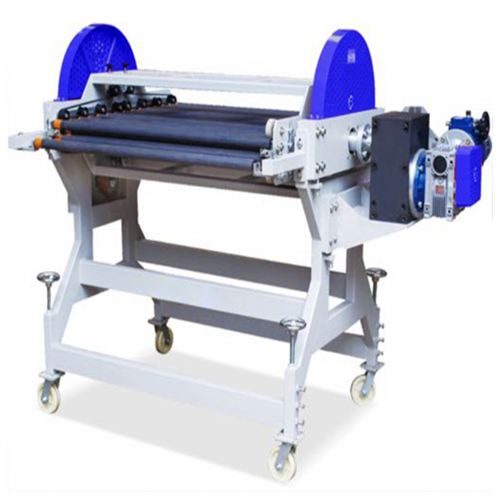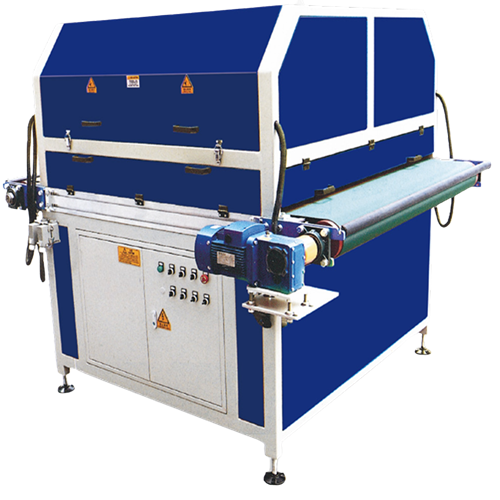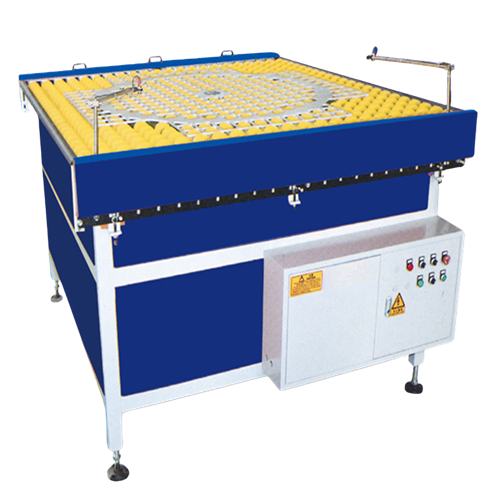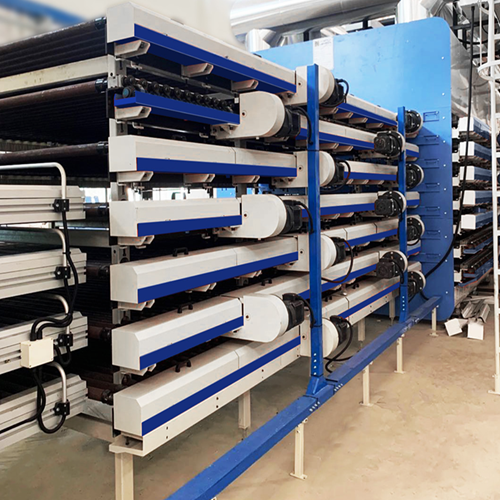Glaze Line Turnover Machine for Ceramic Tiles
The ceramic tile industry has witnessed significant technological advancements over the years, leading to improved production efficiency, enhanced product quality, and streamlined operations. Among the critical machinery contributing to this progress is the glaze line turnover machine. This specialized equipment plays a pivotal role in the glazing process for ceramic tiles, ensuring uniform application, increased productivity, and reduced material wastage.
This article delves into the mechanics, importance, and applications of the glaze line turnover machine in the ceramic tile manufacturing process.
Understanding the Glaze Line Turnover Machine
A glaze line turnover machine is an advanced piece of equipment designed to handle ceramic tiles during the glazing process. The glazing stage is crucial, as it involves the application of a glassy coating or layer to the surface of ceramic tiles. This coating not only enhances the aesthetic appeal of the tiles but also improves their durability, resistance to stains, and overall functionality.
The turnover machine facilitates the seamless movement and flipping of tiles during the glazing process. Its primary function is to ensure that both sides of the tile, if required, are evenly coated with glaze or other materials such as protective layers or decorations.
Key Components of the Machine
A typical glaze line turnover machine consists of several interconnected components that work together to optimize the glazing process:
Conveyor System
The conveyor system is responsible for transporting the tiles along the glazing line. It ensures smooth and consistent movement, which is critical for maintaining the quality of the glaze application.Turnover Mechanism
The turnover mechanism is the core feature of the machine. It flips the tiles as needed, allowing for glazing on multiple surfaces. This mechanism often employs pneumatic, hydraulic, or mechanical systems for precise and efficient operation.Alignment and Positioning Unit
Proper alignment is essential for uniform glaze application. This unit ensures that each tile is correctly positioned before entering the turnover or glazing stage.Sensors and Control Systems
Advanced glaze line turnover machines are equipped with sensors and control systems for real-time monitoring and adjustments. These systems help detect any misalignment, irregularities, or errors, thereby minimizing defects.Safety Features
Modern machines include safety features such as emergency stop buttons, protective barriers, and automated shut-off systems to ensure operator safety and prevent accidents.
Applications in the Ceramic Tile Industry
The glaze line turnover machine is versatile and finds applications in various stages of ceramic tile production:
Single-Sided Glazing
For tiles that require a glazed surface on one side, the machine ensures proper handling and positioning.Double-Sided Glazing
Tiles designed for specialized applications, such as glass-backed tiles or decorative pieces, benefit from the turnover capability.Patterned and Textured Tiles
For tiles with intricate patterns or textures, the machine ensures uniform glaze application without compromising the design.Protective Coatings
Some tiles require additional protective layers, which can be applied efficiently using the turnover machine.
Advantages of Using a Glaze Line Turnover Machine
The incorporation of a glaze line turnover machine into the production process offers several benefits:
Enhanced Efficiency
The machine automates the handling and flipping of tiles, reducing manual intervention and increasing throughput.Improved Product Quality
Consistent and uniform glaze application minimizes defects and enhances the aesthetic and functional properties of the tiles.Reduced Material Wastage
Precise application mechanisms ensure that glaze and other materials are used efficiently, lowering production costs.Versatility
The machine can accommodate tiles of various sizes, shapes, and designs, making it suitable for diverse production needs.Safety and Ergonomics
By automating labor-intensive tasks, the machine reduces the physical strain on workers and enhances workplace safety.
Future Trends
The future of glaze line turnover machines looks promising, with several trends shaping their evolution:
Advanced Robotics
The integration of robotic arms and AI technology could further enhance the precision and versatility of these machines.Eco-Friendly Designs
Manufacturers are focusing on developing machines with lower carbon footprints and environmentally friendly features.Adaptive Systems
Machines with adaptive capabilities could adjust automatically to different tile sizes and designs, reducing setup times and increasing flexibility.Data-Driven Decision Making
Real-time data analysis and predictive maintenance powered by AI will play a significant role in optimizing machine performance.
To summarize:
The glaze line turnover machine is an indispensable asset in the ceramic tile industry, revolutionizing the way tiles are glazed and handled. Its ability to enhance efficiency, improve quality, and reduce costs makes it a vital component of modern tile manufacturing processes. As technology continues to advance, the potential for further innovation and improvement in these machines is immense, paving the way for a more efficient and sustainable ceramic tile industry.
By understanding the capabilities, advantages, and future prospects of glaze line turnover machines, manufacturers can make informed decisions to stay competitive in an ever-evolving market.




